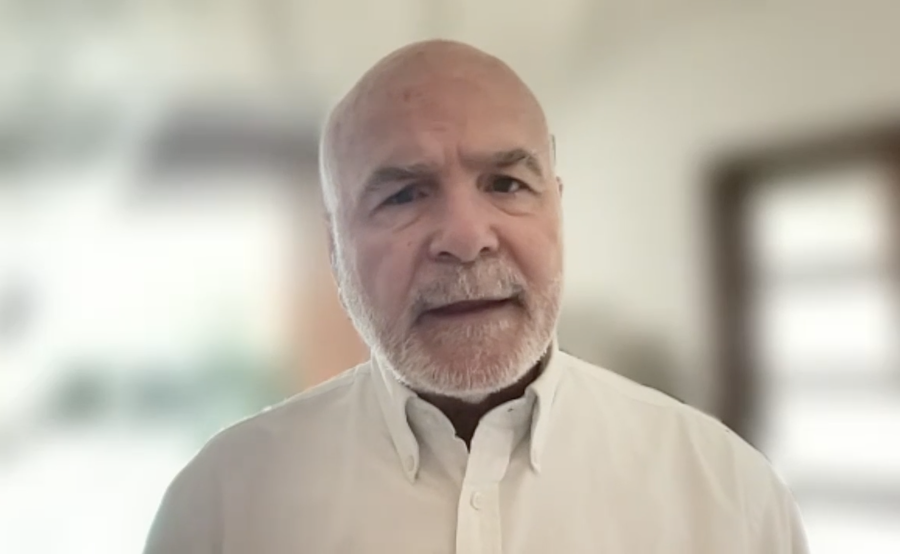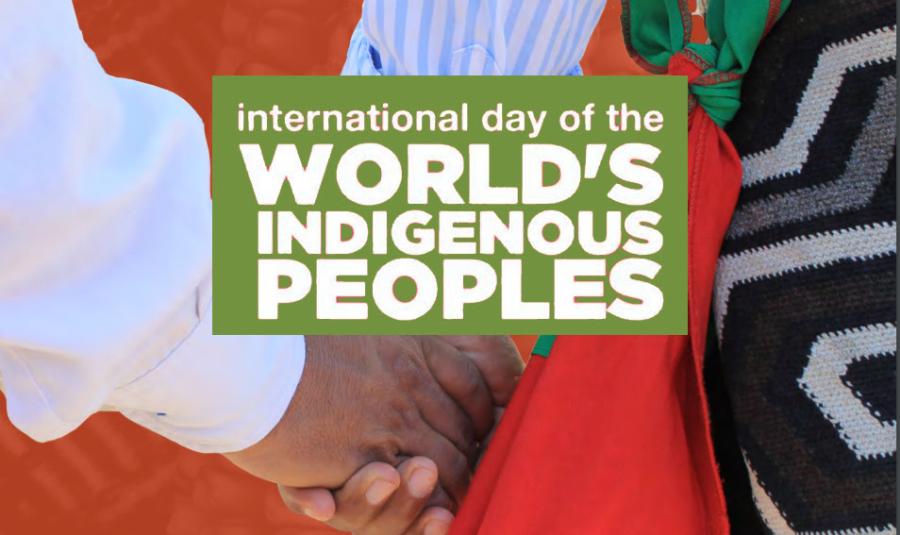After 25 years of negotiation, 10 months of procedural shenanigans, last-minute complications, and hard-won compromises, the United Nations General Assembly finally adopted the Declaration on the Rights of Indigenous Peoples in a near-unanimous vote on September 13. There were 143 votes in favor of the declaration, only 4 against it, and 11 abstentions.
“The 13th of September 2007 will be remembered as an international human rights day for the indigenous peoples of the world,” said Vicki Tauli-Corpuz, the chair of the UN Permanent Forum on Indigenous Issues and a member of Cultural Survival’s Board of Directors, “a day that the United Nations and its member states, together with indigenous peoples, reconciled with past painful histories and decided to march into the future on the path of human rights.”
“Today’s adoption of the declaration occurs because the United Nations and the indigenous peoples have found the common will to achieve this outcome,” said Les Malezer, chair of the Indigenous Peoples’ Caucus and member of Cultural Survival’s Program Council, in a statement delivered after the vote. “The declaration does not represent solely the viewpoint of the United Nations, nor does it represent solely the viewpoint of the indigenous peoples. It is a declaration that combines our views and interests and that sets the framework for the future. It is a tool for peace and justice, based upon mutual recognition and mutual respect.”
Although the final vote was overwhelmingly in favor of the declaration, its adoption was by no means assured, and its history was tortuous. Negotiations over the wording of the text took 25 years. Finally, in June 2006, the UN’s Human Rights Council adopted the text by a strong majority. After that it should have been endorsed by the UN General Assembly as a matter of course, but a group of African states that were encouraged by a group of industrialized countries vehemently opposed to indigenous rights, known to indigenous rights proponents as the CANZUS group (Canada, Australia, New Zealand, and the United States), threw a wrench into the works.
African states had not been much involved in the process of negotiating the declaration text and were unfamiliar with and felt threatened by some of its concepts. For example, some countries were concerned that the declaration did not define the term “indigenous.” Since all Africans claim to be indigenous in the sense of having lived in Africa before European colonizers arrived, these countries feared political and legal chaos in applying the declaration’s rights. African countries also were concerned about the declaration’s self-determination provisions and its protection for indigenous lands and resources. On the basis of those concerns, African states, acting as a bloc, forestalled a vote in the General Assembly, claiming the need to study the text.
In June, the African states proposed an alternative document with changes to 36 of the declaration’s 46 articles. Indigenous peoples, having spent 25 years in open sessions with states negotiating the text’s wording, refused to accept this altered version. The president of the General Assembly, hoping to head off a complete derailment of the process, appointed a facilitator to find common ground. When the facilitator presented his findings and recommendations to the General Assembly, indigenous peoples’ representatives were barred from the room.
The negotiations with the African states were difficult, but over the course of the summer, supporter states including Mexico and Peru made significant headway, and by the beginning of September the African states’ concerns were whittled down to just one: insistence that the declaration contain an assurance of states’ territorial integrity. Indigenous leaders were uncomfortable with the implications of such a statement, but the General Assembly’s 61st session was set to end in September. If agreement could not be reached the vote would be carried over into the next General Assembly session when the CANZUS group would have a fresh opportunity to overwhelm the debate.
Faced with that prospect, the Indigenous Peoples’ Caucus polled its members, who said they could live with the text negotiated with the African countries if it meant an immediate vote. The African states, in turn, promised to block any last-minute amendments from the floor by the CANZUS group. With the addition of the African states, 133 countries were now poised to support the declaration text. But even at that late hour the CANZUS group fought to change the wording in key provisions.
In the end, the force for support was so great that even countries that had previously dissented, including Russia and Colombia, chose to abstain rather than vote against it. The only “no” votes were from the diehard group of Canada, Australia, New Zealand, and the United States.
The success of the declaration was, of course, the result of many people’s efforts. But one man, Les Malezer, stands out. He took a room at a YMCA, vowing not to leave New York City until the declaration was adopted. He worked tirelessly, shuttling between embassies, plying delegates, addressing indigenous concerns, sorting out legal and procedural complexities, and generally keeping the process moving. “I’m not sure what I did,” he says. “I’ve been telling people it’s probably just stubbornness more than anything else. I was just determined to stick around and see it through. I was starting to believe it was never going to happen.”
Malezer says that while he wasn’t surprised by the final tally, he was pleased by the abstentions: “I was really glad to see that Russia abstained from the vote, because it really put the focus on the CANZUS group. It made them look pathetic. I think it’s going to hurt them in the long run. If there had been more countries voting ‘no’ they could have said there was some general resistance, but this way it just looks like they’re an axis of evil.”
As this issue went to press, the celebrations had only just begun. “Everyone is just ecstatic,” Malezer says. “There have been lots of calls and emails offering congratulations. For me it’s just starting to sink in that it’s all over.”



